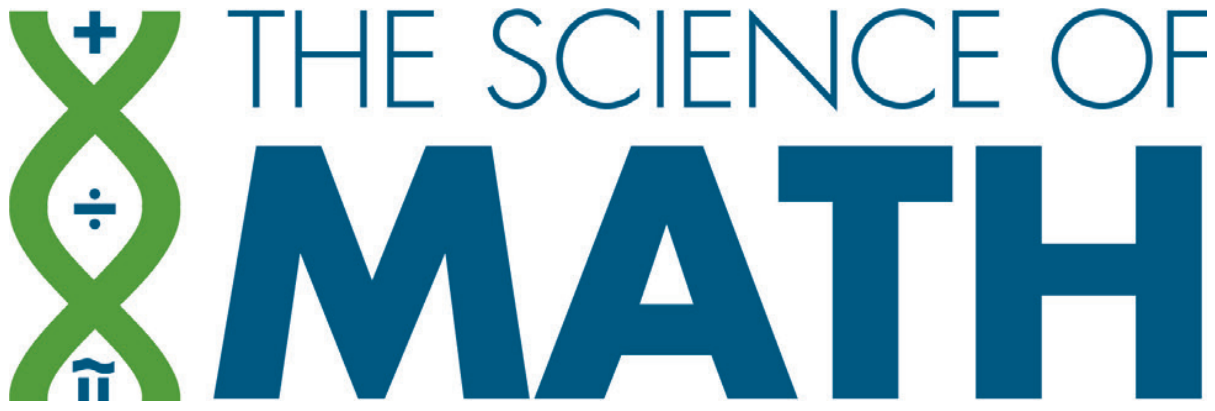
Classwide Mathematics Intervention
DEFINITION
Classwide mathematics intervention can be used to supplement any core math curriculum, and involves following a sequence of essential skills and understandings for 15-20 min per day.
Classwide interventions tend to be standard protocol fluency-building interventions, so the targeted skills should be those that students have acquired.
WHY IS IT IMPORTANT?
National and state-level achievement data tell us that more than half of children in the U.S. are not considered proficient in grade-level math performance. Therefore, many children can be described as “struggling” in their mathematical skill development. In assessment, we call this a “high base rate of risk.” When there is a high base rate of risk, relying on initial screening assessments alone will produce unreliable data regarding individual student risk, meaning even highly accurate screening tools will not function well to identify who really needs supplemental intervention. Classwide math intervention is an effective tactic to improve student math performance and—as a side effect— create a dataset that provides for much more accurate screening decisions.
Materials Needed to Implement Classwide Mathematics intervention¹
-
Intervention protocol
-
Criteria for decision making, graphing progress, and implementation support structures
-
Sequence of skills
-
Daily practice materials
-
Weekly assessment materials
-
A sample classwide math intervention can be viewed here.
WHERE DOES CLASSWIDE INTERVENTION FALL IN THE MTSS FRAMEWORK?
Classwide intervention can be situated at Tier 1.5, between universal screening and before Tier 2 intervention.⁴

WHAT ARE THE ACTIVE INGREDIENTS?¹
Guided practice with corrective feedback (as needed)
”Think aloud” during problem solving
High dosage of opportunities to respond at the correct level of task difficulty
Targeting skills the student has acquired, but not yet mastered
Independent practice with a goal to try to “beat one’s last best score”
Delayed error correction/explanation to partner of how error was corrected
Group contingency delivering reward or celebration based on class growth
Results to Expect from Classwide Mathematics Intervention

-
Gains on proximal and distal measures, including robust student growth on CBMs and year-end test scores¹,²,³
-
Strong return on investment, such as high cost effectiveness superior to changing the math curriculum⁵
-
More accurate and equitable identification, and determination of risk²,⁴
HOW CAN EDUCATORS EFFECTIVELY SUPPORT IMPLEMENTATION?⁴
Organize materials for implementation. Students will work in pairs.
Identify a scheduled time for the intervention to occur.
Monitor and record students’ progress. Advance to new content when the class median reaches mastery.
Participate in coaching and weekly feedback sessions to determine students’ gains and discuss and troubleshoot barriers to implementation.

*PRACTICAL ADVICE: Conduct a brief screening to establish new baseline proficiency, implement the classwide intervention without waiting, and use the data to determine which students need intensive, individualized support.
Citation: Advocates for the Science of Math (2021). Classwide Mathematics Intervention. Authors.
(1) VanDerHeyden, A. M., McLaughlin, T., Algina, J., & Snyder, P. (2012). Randomized evaluation of a supplemental grade-wide mathematics intervention. American Education Research Journal, 49, 1251-1284
https://doi.org/10.3102/0002831212462736
(2) VanDerHeyden, A. M. & Codding, R. (2015). Practical effects of classwide mathematics intervention. School Psychology Review, 44, 169-190.
https://doi.org/10.17105/spr-13-0087.1
(3) Codding, R., VanDerHeyden, Martin, R. J., & Perrault, L. (2016). Manipulating Treatment Dose: Evaluating the Frequency of a Small Group Intervention Targeting Whole Number Operations. Learning Disabilities Research & Practice, 31, 208-220.
https://doi.org/10.1111/ldrp.12120
(4) Kovaleski, J., VanDerHeyden, A. M., Runge, T., Zirkel, P., & Shapiro, E. (2022). The RTI approach to evaluating learning disabilities, 2nd Edition. New York, NY: Guilford.
(5) Barrett, C. A., & VanDerHeyden, A. M. (2020). A cost-effectiveness analysis of classwide math intervention. Journal of School Psychology, 80, 54-65.
https://doi.org/10.1016/j.jsp.2020.04.002
